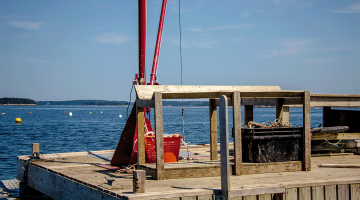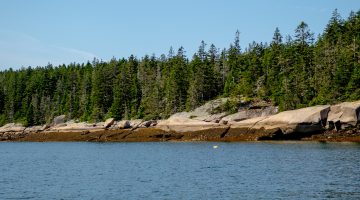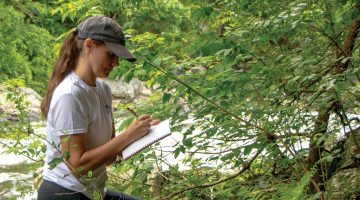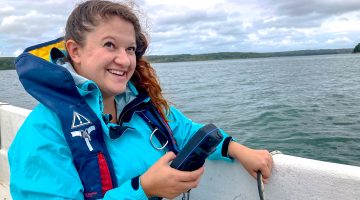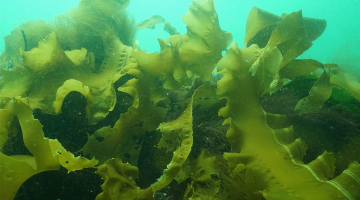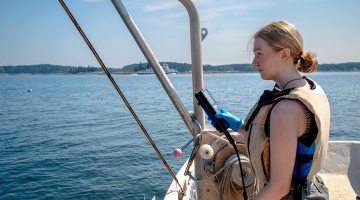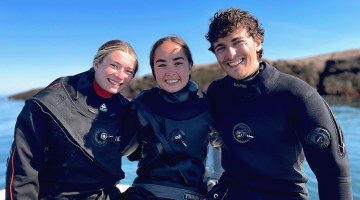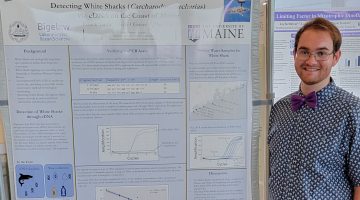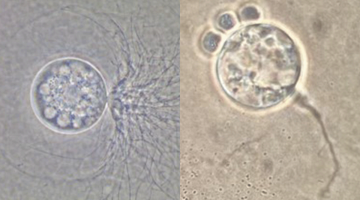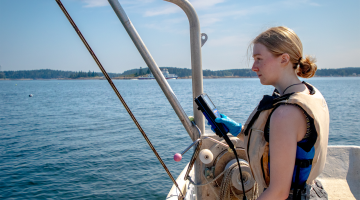Establishing Maine as a leader in environmental genetics
Awarded in 2019, the NSF EPSCoR RII Track-1 Maine-eDNA project has reached the conclusion of its NSF funding. The program, which investigated Maine’s coast, inland lakes and the waterways in between, championed environmental DNA (eDNA) as a powerful and cost-effective approach to monitoring an environment as small as a stream to as large as Maine’s […]
Read more
